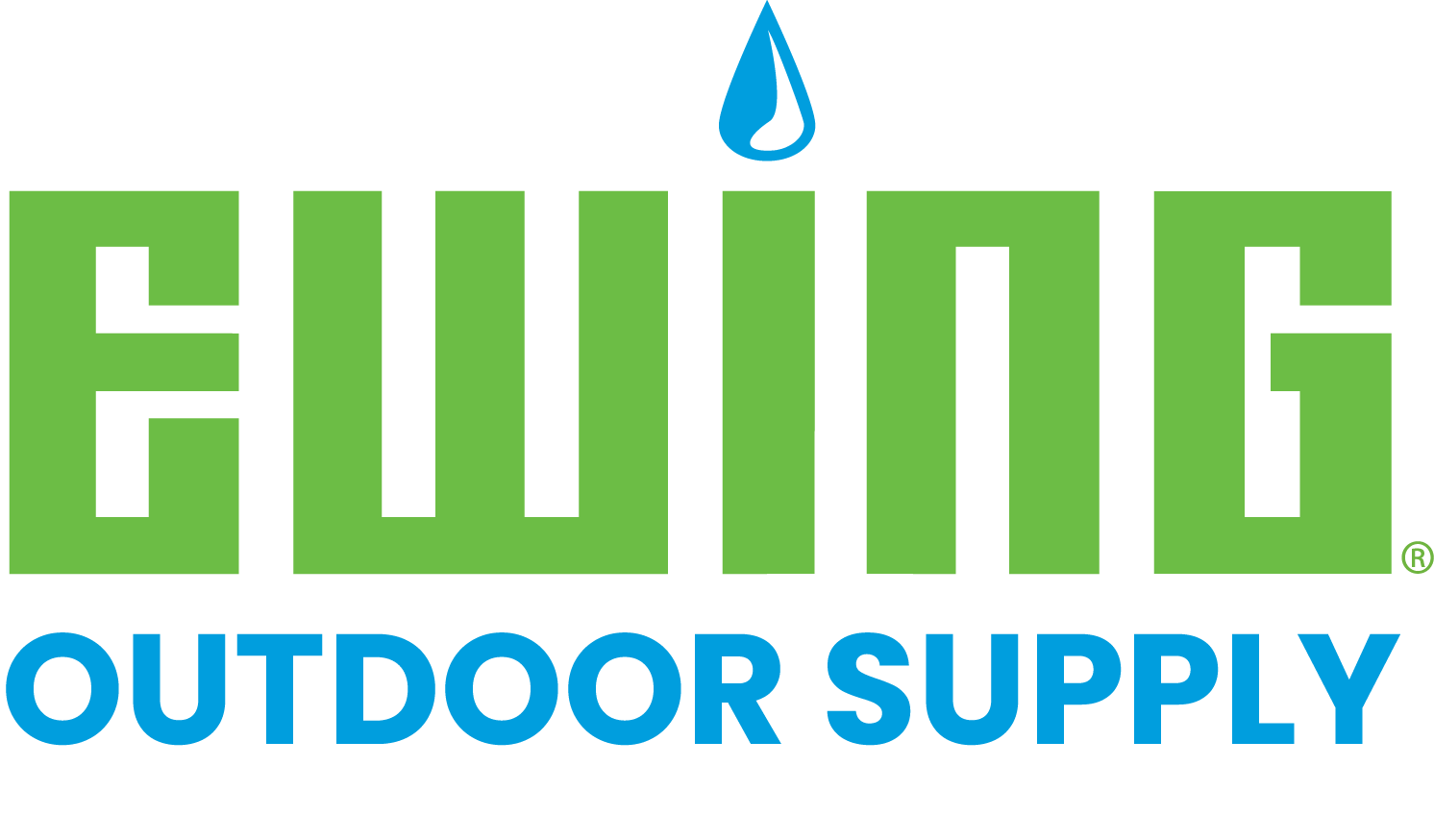Occasionally, sports turf managers pull out their hair because they think the athletic fields they maintain are overused. Between practices, rentals during down times, and special events, the constant traffic won’t allow the fields any time to rest and recover.
Nowadays, everyone wants to practice on a game field. The days of teams being satisfied with practicing on any available spot are over. Also, owners often view athletic fields as revenue generators to be rented out for everything from birthday parties and team-building activities to fundraisers.
This is the new normal for sports turf managers. To adapt and thrive, managers must embrace these changes and learn how to best micromanage their fields.
What Does a High-traffic Field Need?
All athletic fields need water, fertilizer, control products, cultural practices, and more. High-traffic fields require the same products and maintenance practices as any other field. But an important difference is that high-traffic fields call for more of these in some areas and less in others.
How do you determine which area is which? Begin by assessing which areas of your field receive the highest traffic. When you "micromanage" these areas, you make the task much easier, and reduce overall inputs—and therefore reduce costs.
Where to Micromanage on Your Field
You can succeed at micromanaging any sports field, from baseball fields for the infield grass and where the outfielders stand to soccer fields in front of the goal boxes.
Let’s use a football field as an example. On a football field, the highest trafficked area is between the hashmarks and the 30-yard lines. This area constitutes only 6,480 sq. ft. of the field’s total area of 57,600 sq. ft.
You should view the middle of the football field as a different area from those between the sidelines, hashmarks, 30-yard line, and the back of the end zone. Dedicate a majority of your energy and resources to this small but critical section.
Constraints on your budget or your time may require you to make some sacrifices for how you manage the entire field. But it’s imperative to still maintain that high-traffic area.
While you may not have the time for aerating and top-dressing the whole field in one day, be mindful to aerate and top dress these high-traffic areas.
Your budget may not allow for an application of 2 lbs of nitrogen per 1,000 sq. ft. per month to the entire field, but you should apply it here.
The same is true for watering. Use what water you have, and perhaps even rig up a portable sprinkler, for the high-traffic area.
New Demands Require New Management Practices
As the demands for sport fields change, so must the way these fields are managed. Rather than pull out your hair because your field receives high traffic, learn to micromanage to keep it healthy and in playable conditions.
You can learn more about best management practices, and the products to apply, by visiting your local Ewing branch.




